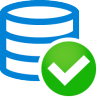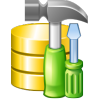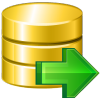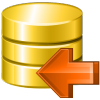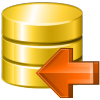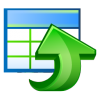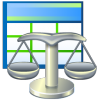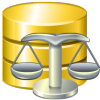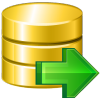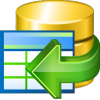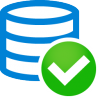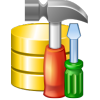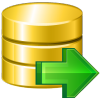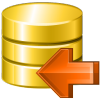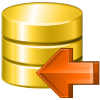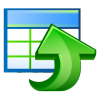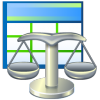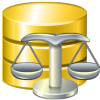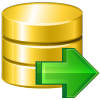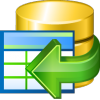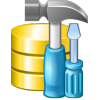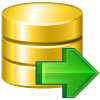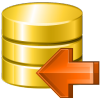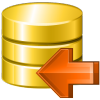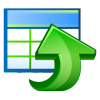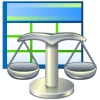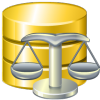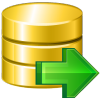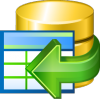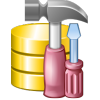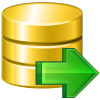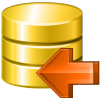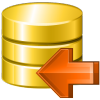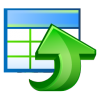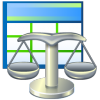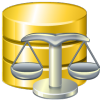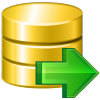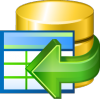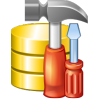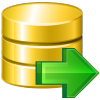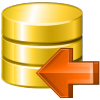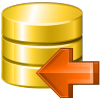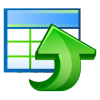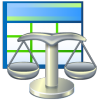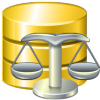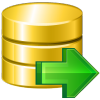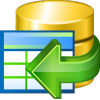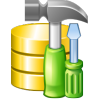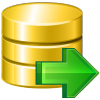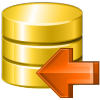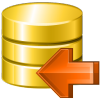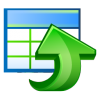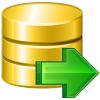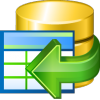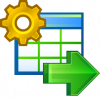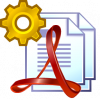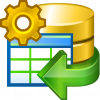To create a report you can use the Create Report Wizard ("Create" → "Report") or Report Designer Tool ("Tools" → "Report Designer"). To create a simple report based on a query you need to choose "Master Data" on the second step of the wizard, double-click on it and specify the query for your report. After that you need to tune the remaining options on subsequent steps of the wizard and press Finish.
Database Registration Info dialog contains Log tab where you can enable logging metadata changes, which are performed on a database, and SQL statements, that are executed in SQL Editor.
These editions of SQL Manager for Oracle differ in their functionality. Being a light edition, SQL Manager Freeware has certain restrictions, for example, the maximum size of registered databases should not exceed 4 GB, and some others. You can view the list of all functional differences between full and freeware versions at our Features page.
Fields of types BLOB, CLOB, NCLOB, BFILE, LONG, LONG ROW and XML are not exported by default. You should select these fields manually on the Fields tab.
EMS SQL Manager for Oracle is high performance database tool for Oracle administration and development. It has an easy-to-use graphical interface and allows you to create/edit all Oracle database objects in a simple and direct way, design Oracle databases visually, run SQL scripts, import and export Oracle database data and provides you with a number of other useful services that will make Oracle management as easy as it can be.
Follow the steps below to change the default directory:
- Right-click the database alias in the DB Explorer and select the 'Database Registration Info...' context menu item (you can also find this item in the 'Database' main menu) to open the Database Registration Info dialog.
- Proceed to the Directories section within the dialog.
- Then set the default directory for the exported data.
EMS Data Export/Import for Oracle includes some additional features, which are not available in SQL Manager for Oracle such as:
- export/import data from/to several tables at once;
- export/import data from/to tables selected from different databases on one host;
- command line utility to export/import data using the configuration file with all the export/import options.
- keeping query history, which allows you to rollback to any edited query;
- various interface improvements for more productive and easy work.
SQL Manager stores all your settings in the Windows registry. It means that the only way to transfer your database data is to get access to the Windows registry. You can do it by loading OS from your old HDD (if possible) or by opening the registry file with a special editor program. If you managed it, you can unload the 'HKEY_CURRENT_USER\Software\EMS\Oracle Manager' branch to the *.REG file, transfer this file to a new system and add information to the registry by double-clicking the file.
- extracting metadata from several databases on one host;
- console application for executing extract in one-touch;
- faster execution speed;
The DDL tab of all object editors is read-only. It displays object structure as SQL text and reflects the operations you perform over the object on other editor tabs. To modify this text, you can copy it to the clipboard and edit it using the SQL Script Editor.
- In the Connection section:
- User name is an Oracle user name.
- Password is password of the Oracle user.
- In the SSH Tunneling section:
- SSH host name is a host where SSH server is activated.
- SSH port is a port where SSH server is activated.
- SSH user name is a user on Linux machine. (It is a Linux user. It is not a user of Oracle server.)
- SSH password is a Linux user password.
To connect to Oracle server that is installed on Windows machine, it is necessary to disable Oracle port redirection by entering the registry entry 'USE_SHARED_SOCKET = TRUE' in the Windows registry under the HKLM\Software\Oracle branch. Also, connection by SSH should be established by using local naming method (using tnsnames.ora).
You need to switch off the “Convert created objects’ names to upper case” option in Environment Options dialog.


